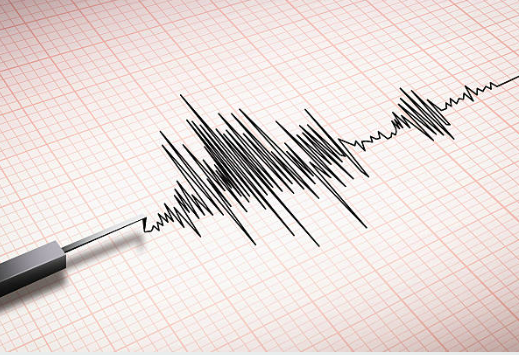Delhi Experiences Third Earthquake in July as Mild Tremors Hit NCR Again
Delhi and the surrounding National Capital Region (NCR) experienced yet another mild earthquake on Tuesday morning, marking the third such seismic event in the area in less than a month. According to the National Centre for Seismology (NCS), a 3.2 magnitude earthquake struck at 6:00 am with its epicentre located in Faridabad, Haryana. The quake, categorized as shallow with a depth of just 5 km, triggered mild tremors that were felt across the city, though no casualties or structural damage were reported.
This latest tremor has renewed concerns about Delhi’s seismic vulnerability, especially as it follows two earlier earthquakes this July. On July 10, a 4.4 magnitude quake with its epicentre in Jhajjar caused moderate shaking across the capital. That was followed by another earthquake of magnitude 3.7 the next day, again originating from the same Jhajjar region. These recurring incidents have drawn attention to the city’s underlying seismic risk and the need for heightened preparedness.
The recent tremors come in the context of a broader pattern of seismic activity in the region. Earlier this year, on February 17, residents in Delhi also reported tremors after a 4.0 magnitude earthquake originated from Dhaula Kuan in south Delhi. Seismological data shows that the area around Dhaula Kuan alone has experienced over 440 earthquakes between 1993 and 2025 within a 50 sq km radius, with magnitudes ranging from 1.1 to 4.6. This underlines the region’s ongoing exposure to low to moderate seismic events.
Delhi lies in seismic Zone IV, as classified by the Bureau of Indian Standards, placing it among the regions prone to severe earthquakes. The classification ranges from Zone II (least active) to Zone V (most severe), and Delhi’s position in Zone IV is a significant cause for concern. The geological setting of the capital adds further complexity, with three major fault lines—the Sohna Fault, the Mathura Fault, and the Delhi-Moradabad Fault—running through or near the city. Additionally, the neighboring state of Haryana hosts seven active fault lines, increasing the regional seismic hazard.
Experts warn that while most of the recent tremors have been minor and non-destructive, their frequency should not be overlooked. Delhi’s proximity to the seismically active Himalayan region makes it especially susceptible to aftershocks and future seismic events. The Himalayan belt is among the most active tectonic regions in the world, and stress accumulation along its fault lines can trigger quakes that reverberate through adjoining plains.
Although the latest earthquake did not cause damage, it has reignited conversations about the structural resilience of Delhi’s infrastructure. Many older buildings in the city were not constructed with seismic compliance in mind, particularly in densely populated and unregulated zones. Urban planners and disaster management experts are urging authorities to ramp up preparedness measures, including enforcing stricter building codes, improving early warning systems, and educating the public on safety protocols during earthquakes.
The triple jolt experienced by Delhi in July has become a stark reminder of the city’s fragile geological setting. While high-magnitude quakes remain rare, the repeated tremors are a signal that seismic activity is a persistent and evolving threat for the NCR. Proactive measures and increased public awareness are now more critical than ever to mitigate the potential consequences of a stronger quake in the future.








